Transform your travel experience by prioritizing destination accessibility from the start of your planning. Research facilities through comprehensive Ontario travel guides that detail wheelchair-friendly trails, accessible accommodations, and barrier-free attractions. Evaluate every aspect of your journey—from transportation options to restroom facilities—ensuring a seamless adventure for travelers of all abilities.
Ontario’s commitment to inclusive tourism opens doors to extraordinary experiences, whether you’re exploring Toronto’s wheelchair-accessible CN Tower or rolling through the barrier-free boardwalks of Algonquin Provincial Park. Modern accessibility features, from tactile exhibits in museums to beach-friendly mobility mats along the Great Lakes, make our province’s natural wonders and cultural landmarks truly welcoming to everyone.
Destination accessibility isn’t just about ramps and elevators—it’s about creating spaces where every visitor can forge meaningful connections with our landscape, culture, and communities. As more attractions embrace universal design principles, travelers with diverse needs can confidently discover Ontario’s most captivating destinations.
What Makes a Destination Truly Accessible?
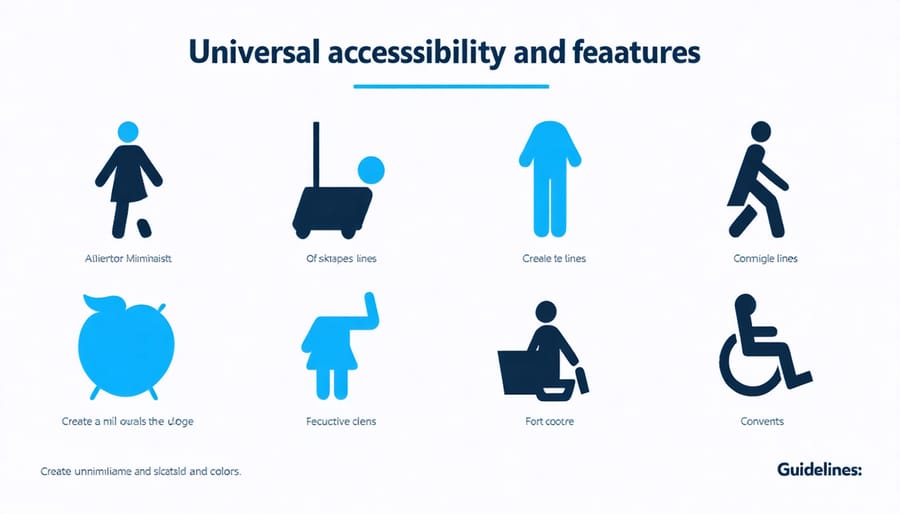
Physical Accessibility Features
Physical accessibility features are essential elements that make destinations welcoming and usable for everyone. Most modern Ontario attractions offer wheelchair-accessible ramps with gentle slopes and non-slip surfaces, ensuring safe and easy navigation. Look for clearly marked accessible paths that are at least 36 inches wide, with smooth, stable surfaces perfect for wheelchairs, walkers, and strollers.
Accessible washrooms are typically equipped with grab bars, lowered sinks, and enough space for wheelchair turning. These facilities often include adult changing tables and emergency call buttons for added safety and convenience. Pro tip: Always call ahead to confirm specific washroom features that match your needs.
Accessible parking spots are located closest to main entrances, featuring extra-wide spaces and clear access aisles. These spots are clearly marked with the International Symbol of Access and often connect directly to barrier-free pathways. In Ontario’s provincial parks and conservation areas, you’ll find designated accessible parking areas near visitor centers and major trail access points.
Many locations also offer additional features like tactile ground surface indicators, automatic doors, and lowered service counters. Remember to check destination websites or call ahead for the most up-to-date accessibility information and to request any specific accommodations you might need.
Sensory Accommodations
Ontario’s destinations are increasingly recognizing the importance of sensory-friendly spaces for visitors with various needs. Many attractions now offer quiet rooms or designated low-stimulus areas where guests can take breaks from overwhelming environments. For example, the Royal Ontario Museum provides “quiet mornings” with reduced lighting and sound levels, perfect for visitors who prefer a calmer experience.
Audio guides are widely available at major attractions, offering detailed descriptions and wayfinding assistance. These guides often include multiple language options and adjustable volume controls to suit individual preferences. Some locations even provide specialized descriptive audio tours specifically designed for visitors with visual impairments.
Visual aids and tactile exhibits are becoming more common across Ontario’s attractions. You’ll find high-contrast signage, braille information panels, and touchable exhibits that enhance the experience for everyone. Science North in Sudbury, for instance, features numerous hands-on displays with multiple sensory engagement options.
Pro tip: Many venues offer sensory kits upon request, which might include noise-canceling headphones, fidget toys, and visual schedules. It’s worth calling ahead to ask about these accommodations and the best times to visit for a quieter experience.
Ontario’s Most Accessible Natural Attractions
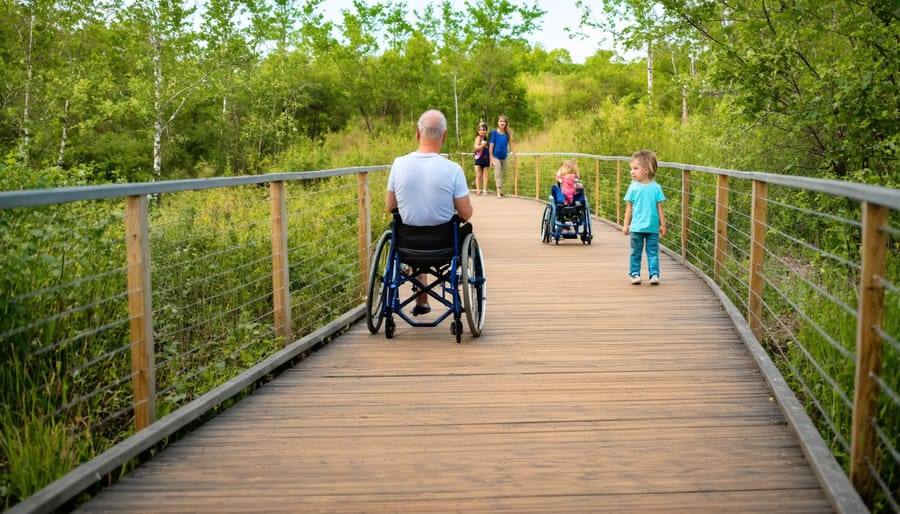
Accessible Trails and Viewpoints
Ontario’s trail systems have made remarkable strides in creating barrier-free paths that welcome visitors of all abilities to experience the province’s natural beauty. Many parks now feature well-maintained, level surfaces perfect for wheelchairs, mobility aids, and strollers, allowing everyone to engage in sustainable outdoor exploration.
The Waterfront Trail in Toronto offers an excellent example with its smooth, wide pathways and frequent rest areas. At Bruce Peninsula National Park, the wheelchair-accessible viewing platform at the Grotto provides breathtaking views of Georgian Bay’s crystal-clear waters. The newly renovated boardwalk at Algonquin Provincial Park’s Spruce Bog Trail features tactile markers and interpretive panels at wheelchair height.
Look for trails marked with the universal accessibility symbol, indicating they meet specific standards for slope, width, and surface quality. Many of these paths include features like:
• Non-slip surfaces that work well in various weather conditions
• Regular rest areas with benches every 100-200 meters
• Wide paths (minimum 1.5 meters) allowing for easy passing
• Gentle grades not exceeding 1:12 ratio
• Clear signage with high-contrast lettering
• Tactile ground surface indicators at key points
Several viewpoints also offer roll-up viewing stations, allowing visitors using wheelchairs to enjoy scenic vistas comfortably. Remember to check trail conditions before visiting, as accessibility can vary with weather and seasons.
Adaptive Equipment and Services
Ontario’s destinations are continuously improving their accessibility by offering specialized equipment and services to ensure everyone can enjoy their visit. Many locations provide wheelchair and mobility scooter rentals right on-site, making it easier to explore without bringing your own equipment. Beach wheelchairs with wide, sand-friendly tires are available at popular waterfront destinations like Wasaga Beach and Grand Bend.
For visitors with visual impairments, several attractions offer audio description devices and tactile maps. Some larger venues like the Royal Ontario Museum provide specialized guided tours with trained staff who can accommodate various accessibility needs. Sign language interpretation services can typically be arranged in advance at most major attractions.
Many parks and conservation areas now feature adaptive recreational equipment, including all-terrain wheelchairs for trails, adaptive kayaks, and fishing platforms designed for wheelchair access. During winter, several ski resorts offer sit-skis and trained instructors for adaptive skiing programs.
Pro tip: Always call ahead to reserve equipment, as availability can be limited, especially during peak seasons. Many locations offer these services free of charge or at minimal cost, but it’s best to confirm pricing and availability in advance. Some venues also partner with local organizations to provide additional support services, such as personal care assistants or specialized transportation, which can be arranged with proper notice.
Remember to check if your destination participates in the Access 2 Card program, which offers free or discounted admission for support persons accompanying visitors with disabilities.
Planning Your Accessible Visit
Pre-Trip Research Tools
Planning an accessible trip starts with thorough research, and thankfully, there are numerous reliable tools at your disposal. AccessTO offers a comprehensive database of accessibility features for venues across Ontario, complete with detailed reviews from fellow travelers. For nature enthusiasts looking for seasonal travel planning guidance, Ontario Parks’ website provides up-to-date accessibility information for all provincial parks, including trail conditions and available facilities.
The Ontario Tourism website features an interactive accessibility filter that lets you search for destinations based on specific needs, from wheelchair access to sensory-friendly environments. Pro tip: their mobile app includes offline maps marking accessible restrooms and parking spots throughout the province.
Social media groups and forums can be invaluable resources too. Join Facebook communities like “Accessible Ontario Adventures” or follow Instagram accounts dedicated to accessible travel for real-time updates and firsthand experiences. These platforms often share hidden gems and practical tips you won’t find in official guides.
Don’t forget to check out TripAdvisor’s accessibility reviews section, where travelers share detailed accounts of their experiences. For the most current information, we recommend calling destinations directly – staff can provide specific details about recent upgrades or temporary maintenance that might affect accessibility.
Contacting Destinations
Getting accurate accessibility information is crucial for planning your trip, and there are several reliable ways to connect with destinations. Start by visiting their official websites, which often have dedicated accessibility sections. If you can’t find what you need online, don’t hesitate to call or email the venue directly – most destinations have staff trained to answer accessibility-related questions.
When reaching out, be specific about your requirements. Ask about parking arrangements, entrance accessibility, washroom facilities, and any specialized equipment available. For outdoor attractions, inquire about trail conditions, surface types, and available rest areas. Many venues, including those offering local food experiences, can provide detailed accessibility guides upon request.
Pro tip: Contact venues at least a week before your visit. This gives staff time to prepare any necessary accommodations and ensures you’ll have the most up-to-date information. Some locations also offer virtual tours or detailed photo galleries, which can help you better visualize the space and plan accordingly.
Social media can be another valuable resource – many travelers share their accessibility experiences through reviews and photos. Join local accessibility groups on Facebook or follow relevant hashtags on Instagram to connect with others who’ve visited your desired destination.
Remember to ask about seasonal accessibility changes, especially for outdoor attractions where winter conditions might affect access.
Transportation and Accommodation
Getting There
Ontario offers numerous accessible transportation options to help everyone reach their desired destinations comfortably. The GO Transit system features wheelchair-accessible buses and trains, complete with ramps and designated spaces. Most stations are equipped with elevators, and staff members are trained to assist passengers with mobility needs.
For those flying into the province, major airports like Toronto Pearson International Airport provide specialized services, including wheelchair assistance, accessible shuttles, and dedicated pickup zones. Many car rental companies offer adapted vehicles with hand controls and wheelchair storage, but it’s best to book these well in advance.
In urban areas, accessible taxis are readily available through various companies, with many featuring rear-entry ramps and secure wheelchair restraints. Several tour operators also specialize in accessible tourism, offering modified vehicles and customized itineraries for group excursions.
Insider tip: Consider using the Wheel-Trans service in Toronto, which provides door-to-door accessible transit. For seamless travel, download transit apps that specifically highlight accessibility features and real-time elevator status at stations. Remember to book specialized transportation services at least 24-48 hours ahead of your journey.
Where to Stay
Ontario offers a wide range of accessible accommodations to ensure everyone can enjoy a comfortable stay. Many hotels and resorts have made significant investments in accessibility features, from wheel-in showers and grab bars to height-adjustable beds and visual alarm systems.
Major hotel chains like Marriott and Hilton maintain detailed accessibility information on their websites, making it easier to find suitable rooms. For a more intimate experience, numerous bed & breakfasts across the province have adapted their properties to accommodate guests with various needs. The Blue Mountain Resort in Collingwood, for instance, offers fully accessible suites with roll-in showers and wide doorways.
For nature enthusiasts, Ontario Parks provides accessible camping options at select locations. These include barrier-free comfort stations, paved paths, and specially designed campsites with level surfaces and raised fire pits. Some parks even offer track chairs for trail exploration.
Pro tip: Always call ahead to discuss your specific needs with accommodation staff. They can often provide detailed information about features not listed online and may offer additional services to make your stay more comfortable. Consider booking directly through the property to ensure your accessibility requirements are properly communicated.
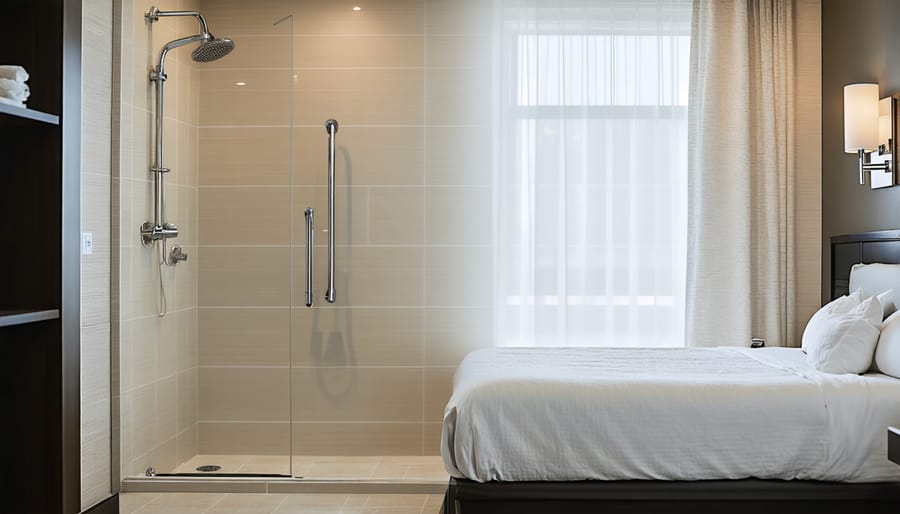
Ontario’s journey toward inclusive travel is an ongoing commitment that benefits everyone. As we’ve explored throughout this guide, accessible destinations aren’t just about ramps and elevators – they’re about creating welcoming spaces where all visitors can experience the magic of Ontario’s natural wonders and cultural attractions.
Remember that accessibility needs vary from person to person, and it’s always best to call ahead and discuss specific requirements with destination staff. Many locations are continuously improving their facilities and services, making Ontario an increasingly accessible destination for all travelers.
Whether you’re exploring the wheelchair-accessible boardwalks of Algonquin Park, enjoying the tactile exhibits at the Royal Ontario Museum, or relaxing at one of our many barrier-free beaches, Ontario offers something for everyone. The growing number of accessible accommodations, transportation options, and recreational activities means that adventure knows no bounds in our province.
As you plan your next Ontario adventure, consider reaching out to local accessibility organizations and tourism offices for the most up-to-date information. Share your experiences with others, as personal recommendations often provide the most valuable insights for fellow travelers.
Together, we can continue to break down barriers and create memorable experiences for all visitors. After all, the true spirit of Ontario lies in its ability to welcome everyone with open arms, ensuring that our natural and cultural treasures can be enjoyed by all who wish to explore them.

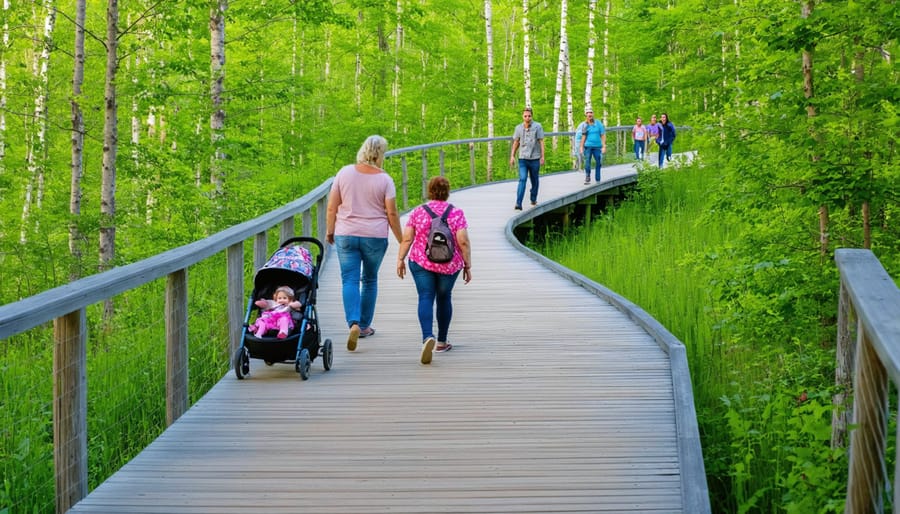




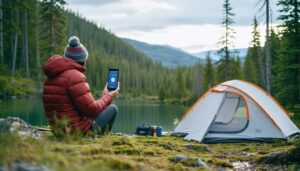
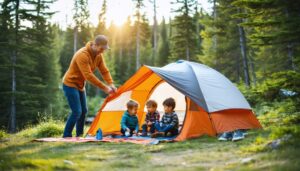

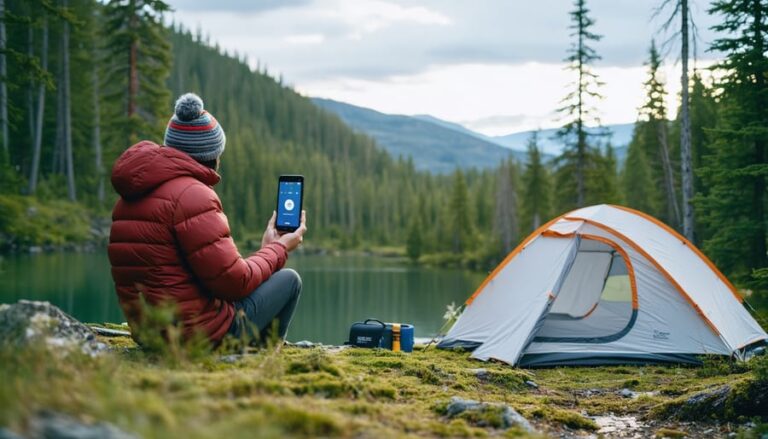



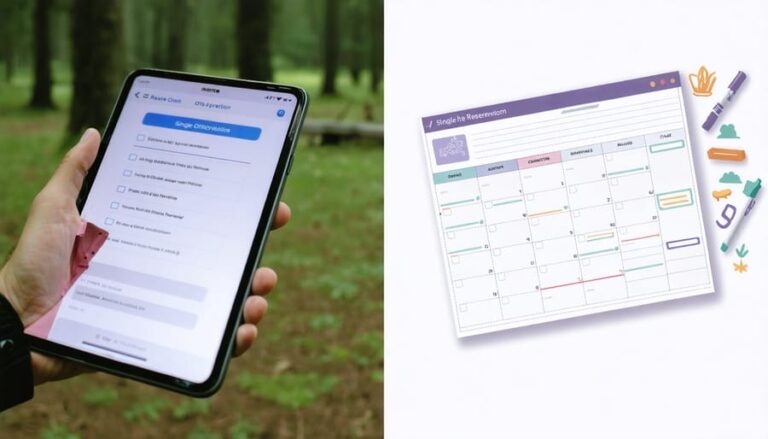
+ There are no comments
Add yours